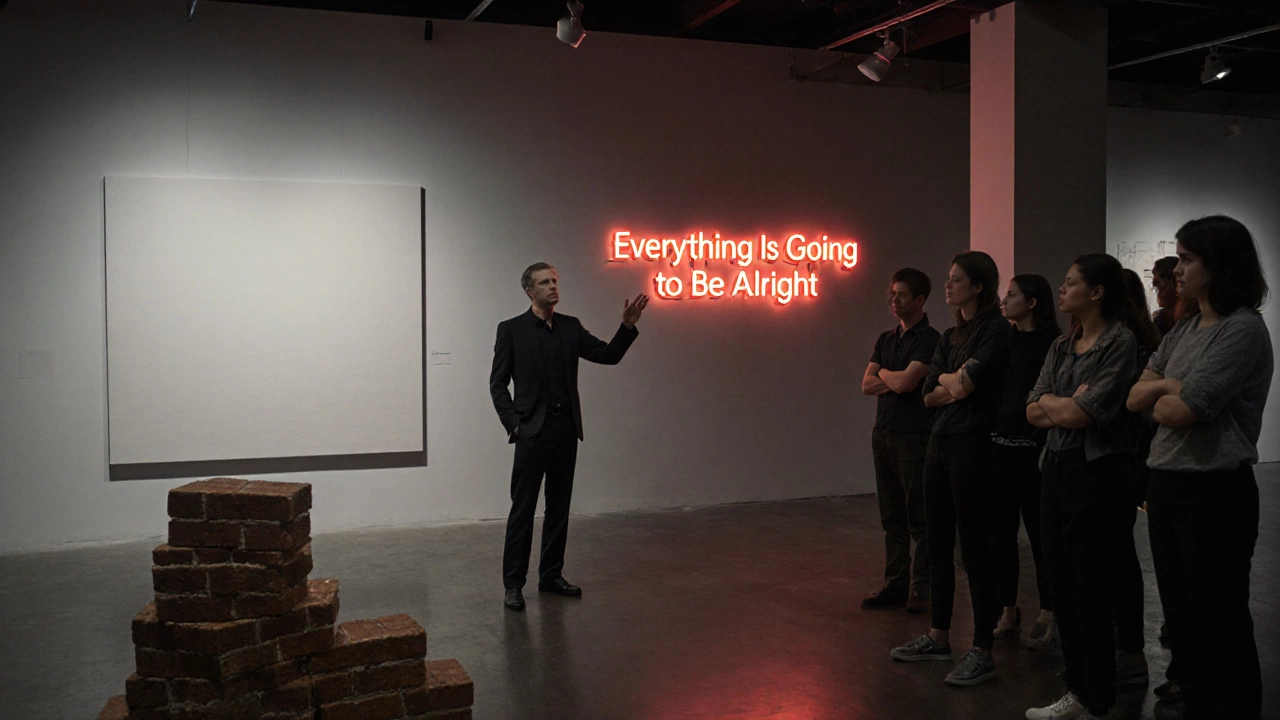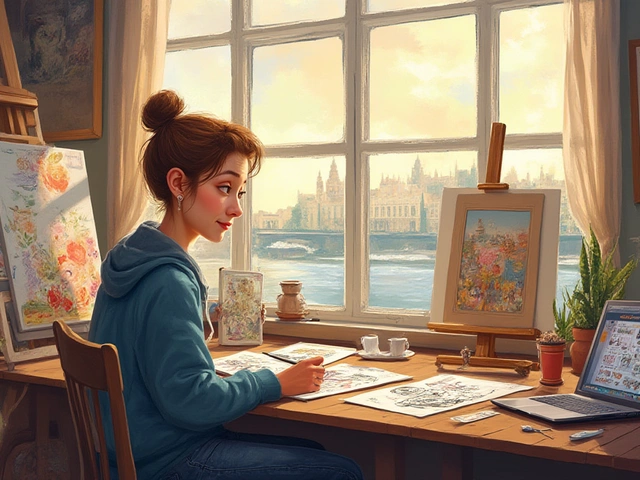Criticism of Modern Art: Why It’s Controversial and What It Really Means
When people say criticism of modern art, the pushback against art that breaks from traditional techniques and representation. Also known as modern art backlash, it’s not just about "my kid could paint that"—it’s about a deep shift in what art is supposed to do. For over a century, modern art has challenged the idea that art must look real to be valuable. Instead, it asks: Can emotion, idea, or rebellion be the subject? That shift didn’t just confuse people—it angered them. And that anger? It’s still here.
One big reason for the backlash is how modern art, a movement starting in the late 1800s that rejected realism in favor of personal expression and experimentation. Also known as avant-garde art, it fundamentally changed the rules became tied to high prices and elite institutions. When a painting of a single brushstroke sells for millions, it’s natural to wonder: Is this art—or a scam? The truth is, modern art isn’t about skill in the traditional sense—it’s about intent. Picasso didn’t paint like he did because he couldn’t draw realistically—he did it because he wanted to show multiple perspectives at once. That’s not laziness. It’s a decision. And that’s what scares people: the idea that meaning can come from choice, not technique.
The criticism of modern art, the ongoing debate over whether modern art has lost its connection to craftsmanship and public understanding. Also known as art world elitism, it often centers on accessibility isn’t just about看不懂. It’s about feeling left out. When galleries label a pile of bricks as a masterpiece, it’s not the bricks people object to—it’s the feeling that they’re not part of the conversation. But here’s the thing: the same criticism was thrown at Impressionists in the 1870s, at Duchamp’s urinal in 1917, and at Pollock’s drips in the 1950s. Each time, the art world eventually made space for it. Today, that space includes AI-generated pieces, VR installations, and sculptures made from recycled plastic. The tools change. The rules keep shifting. But the question stays the same: Who gets to decide what counts as art?
What you’ll find in the posts below isn’t a defense of modern art. It’s a clear-eyed look at its roots, its players, and why it still divides us. You’ll see how Picasso shaped the movement, why abstract art isn’t random, and how today’s biggest controversies mirror ones from 100 years ago. No theory. No fluff. Just facts, context, and the real reasons people love or hate what they see on the wall.
Why Is Modern Art Looked Down Upon? The Real Reasons Behind the Controversy
Modern art is often dismissed as pointless or overpriced, but the real issue is deeper: it challenges our assumptions about skill, value, and meaning. Here’s why it provokes such strong reactions - and what you’re really rejecting when you say you don’t get it.
Continue Reading



